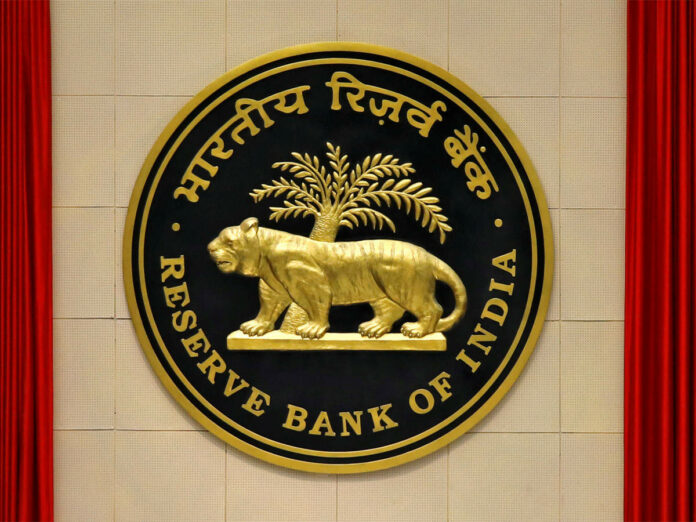Globally, countries are facing unprecedented inflation. In May 2022, US inflation reached a 40-year high of 8.6%. OECD inflation is 9.2%, the highest since 1988. The Guardian reported that the consumer price index (CPI) measure of inflation in the UK, US, Canada, France, Italy, Germany, and Japan topped 9% in April, the most since 1982. India’s May inflation was 7.04 per cent. Retail inflation exceeded the Reserve Bank of India‘s upper tolerance band of 6% in India for the fifth consecutive month in May. The Indian central bank expects to remain high through the third quarter of the current financial year 2022-23 before reducing. Since last year, domestic wholesale inflation has been double-digit.
The RBI has hiked vital lending or repo rates by 90 basis points to manage excessive inflation. The Fed’s recent meeting boosted its benchmark rate by 75 basis points. This followed 25 basis point increases in March and May. The Fed has hiked rates 1.5 percentage points cumulatively. Thus, loan rates and inflation seem linked. How can global central banks relate these two seemingly distinct economic parameters? To answer the question, you must understand monetary policy. When financial markets are unstable, the government intervenes to decrease losses and stabilise the economy. The government can interfere through fiscal policy, or the central bank can intervene through open market operations or rate rationalisation. Any country’s central bank sells or buys treasury bills, government securities, and other bonds to regulate the money supply. The money supply rises when the central bank purchases securities. This makes money less desirable as a commodity and cuts interest rates.
The money supply decreases when the central bank sells securities, raising interest rates. This is one of the central bank’s tools to control the money supply. The next question is how rising interest rates affect inflation. An increase in interest rates discourages people from borrowing loans, reducing consumption and investment. This would reduce demand for products and services, lowering prices. Thus, high-interest rates usually restrict inflation. Food and energy prices are at historic highs, contributing to worldwide inflation. Pent-up consumer demand following COVID-19 and the Russian invasion of Ukraine contributed to the spike. Central banks worldwide are tightening monetary policy to battle inflation.
High-interest rates battle inflation, but a fall in demand may hurt economic growth in the long run. The decline affects a country’s GDP, and job chances as enterprises rethink business expansions or limit product manufacturing to minimise operating costs by cutting employees.
Follow and connect with us on Facebook, LinkedIn & Twitter.

